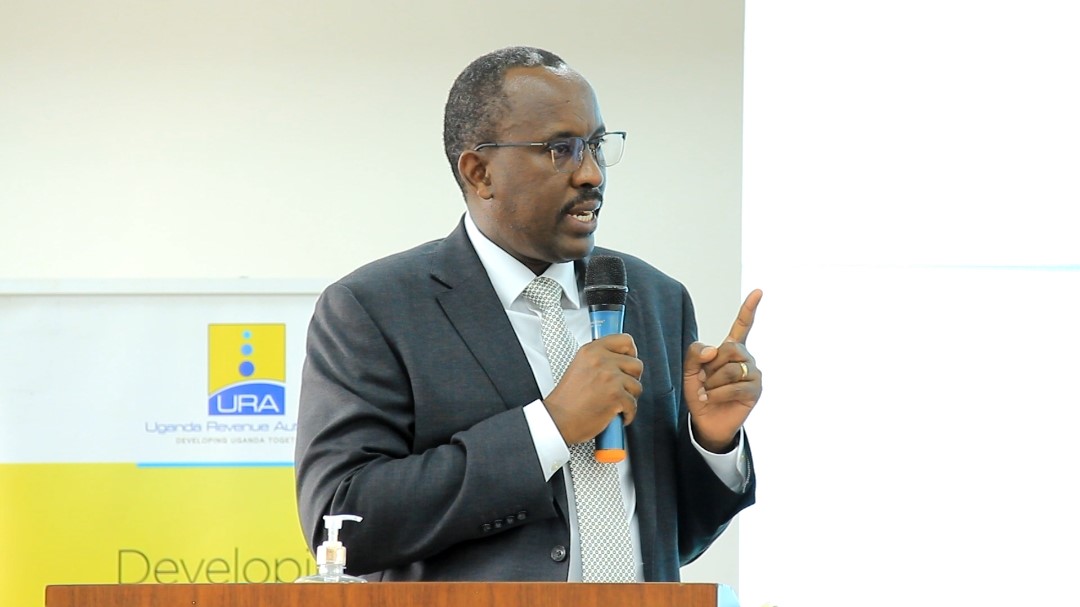URA urges early adopters of EFRIS to promote it.

The Uganda Revenue Authority (URA) has asked the traders who have already registered to the Electronic Fiscal Receipting and Invoicing Solutions (EFRIS) to promote the system to the rest of their colleagues such that it becomes more clear that this solution is not a tax like some believe.
The Uganda Revenue Authority introduced Electronic Fiscal Receipting and Invoicing Solutions (EFRIS), a digital tax administration system, to track transactions in businesses that are subject to value-added taxes.Its goal is to stop the leakage of VAT revenue.
Larger taxpayers have been using the system since 2021. It interfaces with a business’s transactional operations and the taxman.
Smaller taxpayers have opposed the system despite the fact that over 35,000 eligible taxpayers have enrolled in it. They even organized a four-day nationwide business shutdown from April 16–19, 2024, until the president intervened to suspend all penalties for non-compliance with the system until May 7, 2024.
John Musinguzi, the URA Commissioner General, addressed attendees of the 7th annual URA Bankers’ conference and urged those who had embraced tax administration technology early on to help others understand the benefits of the system.
Musinguzi continued, stating that the tax body is aware that many challenges will surface as technology transforms tax administration; however, the authority has put in place the required support structures to acquaint taxpayers with these developments.
Musinguzi claims that if technologies such as EFRIS are fully implemented, business expenses will go down, taxes will be simpler for all parties, and fair assessments will create an even playing field.
In response to complaints about tax proposals, the URA Commissioner General pledged to be more involved, but he also underlined the importance of maintaining online transactions for traceability.
The theme of the conference was “Transformation of Uganda’s Economy and Enhanced Tax Compliance through Financial Technology Trends and Financial Inclusion.”




